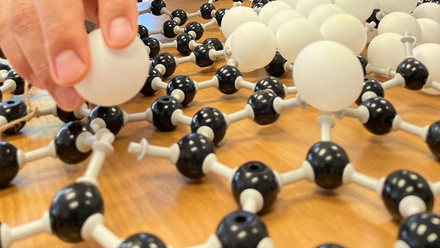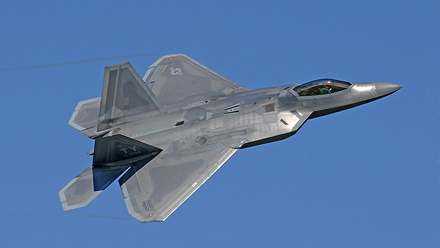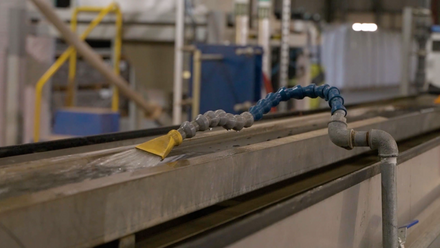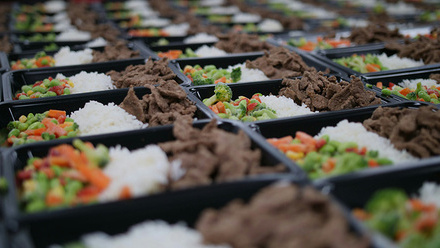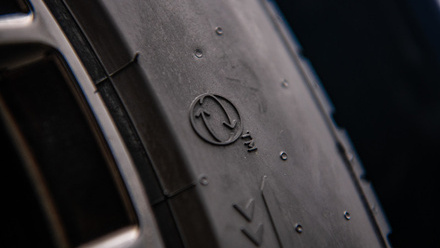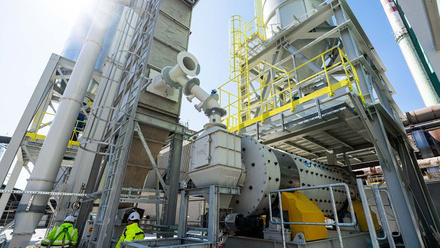Trends in water treatment technologies
Global population growth and environmental pressures are increasing demand for clean water. Dr Michael Ford MIMMM, of intellectual property firm Haseltine Lake Kempner, reports on trends in water treatment technologies.
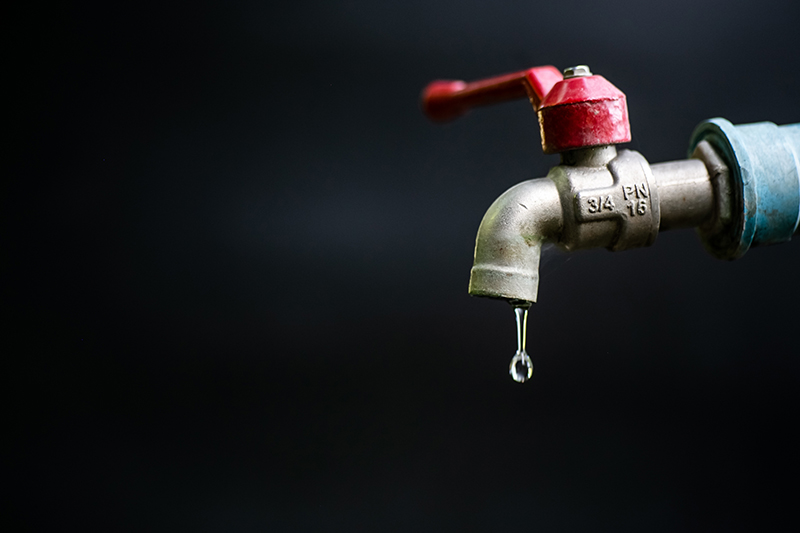
Water treatment covers any processes that are carried out to improve water quality for a particular purpose. Two common ones are providing clean water suitable for human consumption or agricultural use, and neutralising or removing contaminants from sewage and industrial wastewater so it can be returned safely to the environment. Water treatment processes can be physical, chemical or biological in nature.
Physical water treatment processes include sedimentation and filtration to remove suspended solid particles, and degasification to remove dissolved gases such as carbon dioxide. Chemical water treatments include sterilisation using disinfectants such as chlorine or ozone. In biological water treatments, specially selected microorganisms are used to break down organic materials in wastewater.
Many water treatment processes combine two or more of these methods. For example, chemical coagulants may be used to flocculate suspended particles prior to sedimentation, and chemical precipitants may be used to extract dissolved heavy metals. Modern water treatment methods can make use of advanced membrane technologies, reversible ion exchange processes and electrochemical techniques.
Water treatment research and development objectives vary geographically. Sterilisation of drinking water is likely to be a focus in regions where waterborne diseases are endemic. In contrast, desalination processes are likely to be more important in countries with limited rainfall or groundwater sources. In heavily industrialised nations, particularly where strong environmental regulations are in place, an emphasis on cleaning industrial wastewater is to be expected.
One way to investigate how and where new technologies are being developed is to examine patent filing statistics.
Global filing statistics
In the last 10 years, over 530,000 patent families (collections of patent applications covering the same or similar inventions) have been published worldwide in the patent classification C02, which covers the treatment of water, wastewater, sewage or sludge.
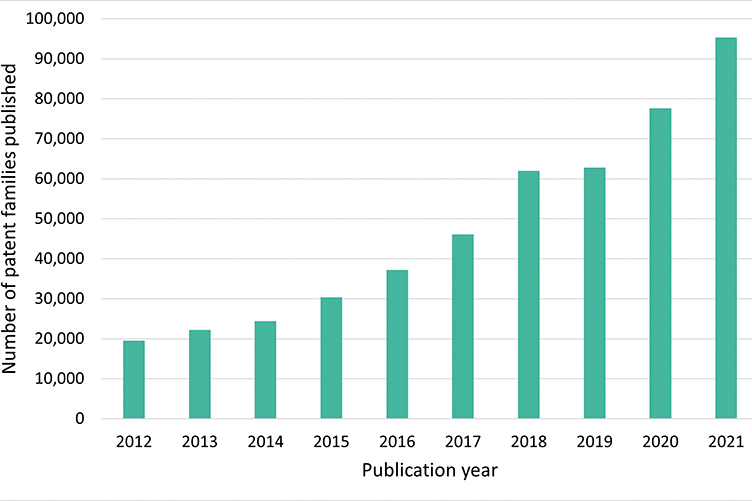
Between 2012 and 2021 (excluding the data for 2022 which is not yet complete), the number of patent families published annually in this field grew exponentially, with no obvious reduction in filings due to the COVID-19 pandemic.
In contrast to the global figures, the number of European patent families publishing in the C02 classification is relatively low – just over 10,000 in total over the 10-year period – and stable, showing no significant growth trend.
Evidence of the COVID-19 pandemic also seems to be visible in the European figures. This data suggests that Europe is not a particularly important global market for water treatment technologies and that growth in this sector may be focused on the developing world.
As further evidence of this, we found that the number of patent families published in this field at the Indian Patent Office is growing and began to outstrip Europe in 2021 (see graph on the next page). This bucks the usual trend in international patent filings. According to the World Intellectual Property Organization (WIPO), around 57,000 patent applications were filed across all fields of technology in India in 2020, compared to more than 180,000 patent applications reported by the European Patent Office for the same year.
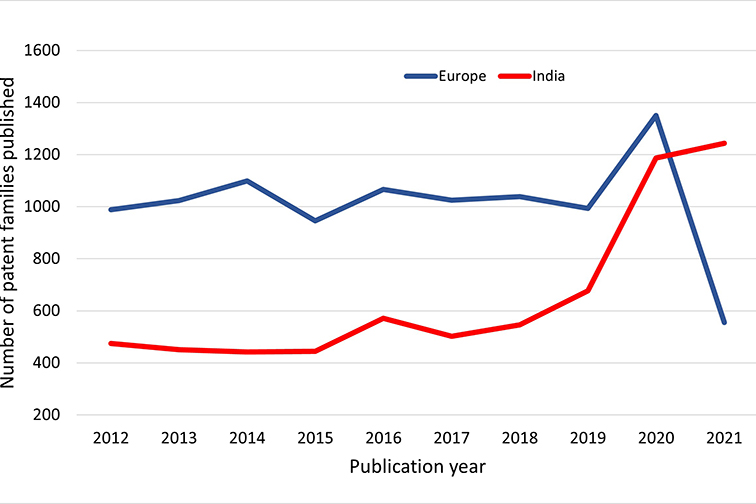
Chinese dominance
By far the most noticeable trend in the data, however, is that Chinese applicants and applications dominate the water treatment field.
Taking into consideration worldwide patent applications over the last 10 years, applicants based in China account for nine of the top ten filers, with the only competitor (at seventh place) being Japan-based.
Interestingly, eight of the nine top Chinese entities are universities and only one is an industrial applicant – Gree Electric Appliances Inc. of Zhuhai, a manufacturer of air conditioners and other appliances. In addition, WIPO statistics show that around two-fifths of patent applications in the C02 classification are filed in China.
A similar trend is seen when focusing on the more specific patent classifications – C02F 1/00 for treatment of water, wastewater or sewage; and C02F 3/00 for biological treatment of water, wastewater, or sewage.
Over the past 10 years, all of the top applicants have been based in China or Japan. These applicants are also filing very large numbers of patent applications. For example, the top filer in the C02 classification, Zhejiang University in Hangzhou, filed 2,622 patent families (including 2,907 individual applications) in this field in the past decade.
Significantly, these Chinese applicants are not filing large numbers of patent applications in Europe. Instead, the list of the top 10 filers at the European Patent Office (EPO) contains a mix of US, European, Japanese and Korean companies, with a noticeable lack of academic applicants.
The total number of applications being filed in Europe is also much lower. The top filer in Europe – Ecolab USA Inc. – filed only 113 patent families in the field in the last 10 years. In fact, the top 10 applicants at the EPO combined filed fewer patent families than the 10th most prolific Chinese applicant.
The global dominance of Chinese applicants may also be visible in the international filing statistics. A plateau in global publication numbers between 2018 and 2019 could well be linked to turbulence in the Chinese stock market in 2015 and 2016. Patent applications typically publish around 18 months after filing, so the effect of significant economic events on innovation is often only evident in patent data two or more years later.
The picture in Africa
Given the potential importance of new water treatment processes to developing countries, one might expect to find substantial numbers of patent applications being filed in Africa. However, data obtained from two regional intellectual property offices in Africa – ARIPO (which covers 19 mostly English-speaking countries, including Ghana, Kenya, Tanzania and Uganda) and OAPI (which covers 17 mostly French-speaking countries, including Cameroon, Chad, Gabon and Senegal) – shows otherwise. Between 2012 and 2017 (later filing statistics were not available), ARIPO published only 103 patent families in the water treatment classification, and OAPI published none.
These figures may reflect not only a lack of homegrown innovation in water treatment, but also a reluctance of foreign applicants to file patent applications in Africa, for example, due to a real or apparent difficulty in enforcing intellectual property rights in many developing countries. The most prolific Chinese applicants may also be primarily concerned with the large domestic market.
Materials applications
Innovation in water treatment technologies often involves the development of new materials or applying known materials in new ways. Recent developments in water desalination processes include the creation of gold-decorated titanium dioxide nanoparticles to accelerate the evaporation of water up to 2.5 times, and the use of an ionic liquid as a new solvent for directional solvent extraction with a 10-fold improvement in efficiency.
Many of the patent families identified in our analysis involve materials innovation. The biggest filer internationally in the CO2 classification – Zhejiang University, for instance – has a patent application (CN114524452) describing the production of a nano lanthanum carbonate hydrate for removing phosphate from wastewater.
In another application (CN114452955), iron ore, activated carbon, a multi-aperture silicon material, aluminium oxide and zeolite-based molecular sieves, natural rare earths, and various other components are combined to produce a charged carrier adsorbent for adsorbing heavy metals from highly polluted sewage.
Zhejiang University has also developed (in CN114434886) a catalytic membrane for selective separation of natural organic matter and organic pollutants in complex soil and water remediation treatments.
In Europe, Ecolab USA Inc. filed an application (EP3969422) describing how to incorporate hygroscopic water-conditioning polymers, such as polyacrylates, into a solid composition. This is significantly more compact than existing liquid compositions. An ionic or amphoteric surfactant is used to stabilise the water-conditioning agent, even when exposed to humid environments.
Another application (EP3655373) describes polymer-based rheology-modifying agents to reduce clogging of lime or magnesium hydroxide slurries in feed lines in water treatment systems. Lime and magnesium hydroxide are commonly
used to remove hard water ions and assist in silica removal.
Nanomaterials
Due to their large surface-to-volume ratios, nanoscale materials can be particularly useful in water treatment. Examples include nanoparticles such as nanostructured catalysts, nano-membranes and adsorbent materials having nanoscale-structured porous surfaces.
Carbon-nanotube-based filtration systems, in particular, have been produced to remove a range of compounds and particulates from water. In one system (described in patent application US2010000945), which has been developed by NASA’s Johnson Space Center, water is propelled through a molecular sieve embedded with small-diameter carbon nanotubes by acoustic vibrations driven by an oscillator circuit. This avoids reliance on pressure or gravity and increases filtering efficiency.
Patent classification C02F 2305/08 covers applications that specifically concern the use of nanoparticles or nanotubes during water treatment. Over the past decade, 806 patent families have been filed worldwide in this classification.
Notably, innovation in this field appears to be led by academic institutions based in Saudi Arabia, including the King Fahd University of Petroleum and Minerals in first place with 27 families and 40 applications; the King Saud University in second place with 13 families and 25 applications; and the King Abdulaziz University in eighth place with five families and 21 applications.
Given its desert location, it is perhaps not surprising that water treatment is a significant research focus in the Kingdom. The King Fahd University has a research centre specifically devoted to Membranes & Water Security, as well as another covering Advanced Materials. There is also, of course, a need for new wastewater treatments in Saudi Arabia’s substantial petroleum industry.
In one application (US20210147258) filed by the King Fahd University, a nanoporous carbon material is used to adsorb polycylic aromatic hydrocarbons and diesel fuel from an aqueous solution.
In another (US20210139348), a magnetic nanocomposite of activated carbon and bimetallic iron and cerium nanoparticles is used to remove dyes such as Methylene Blue or Rhodamine B from wastewater.
The University has also developed (US20190099719) a hollow-fibre membrane that incorporates molybdenum trioxide nanoparticles for removing heavy metals such as lead and calcium from wastewater, while remaining resistant to the attachment of bacteria and fouling.
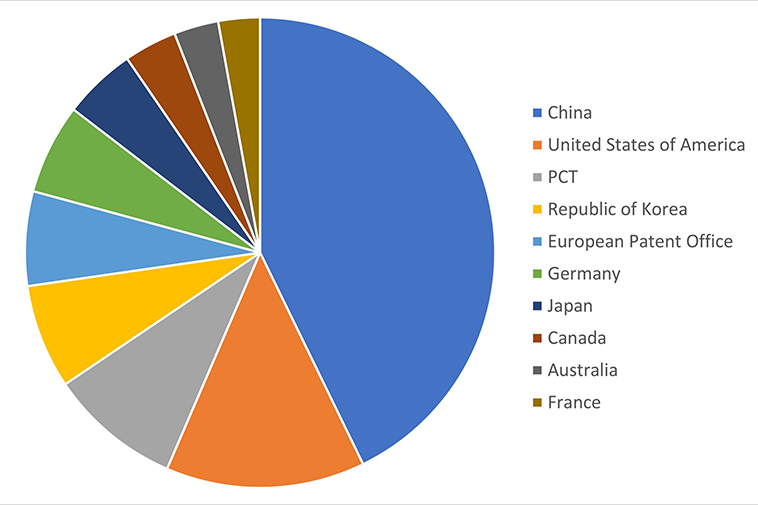
European and US outlook
It is clear that there is a pressing need to protect what is arguably the world’s most precious resource. Patent-filing statistics highlight the range of technologies that materials innovators are applying to the challenges of water treatment. The dominance of China is particularly notable, as is the recent exponential rise in patent filings in India. It will be interesting to see if Europe and the US rise similarly to the challenge in the coming years. Perhaps they will, with droughts and extended dry periods becoming increasingly common in these regions.


